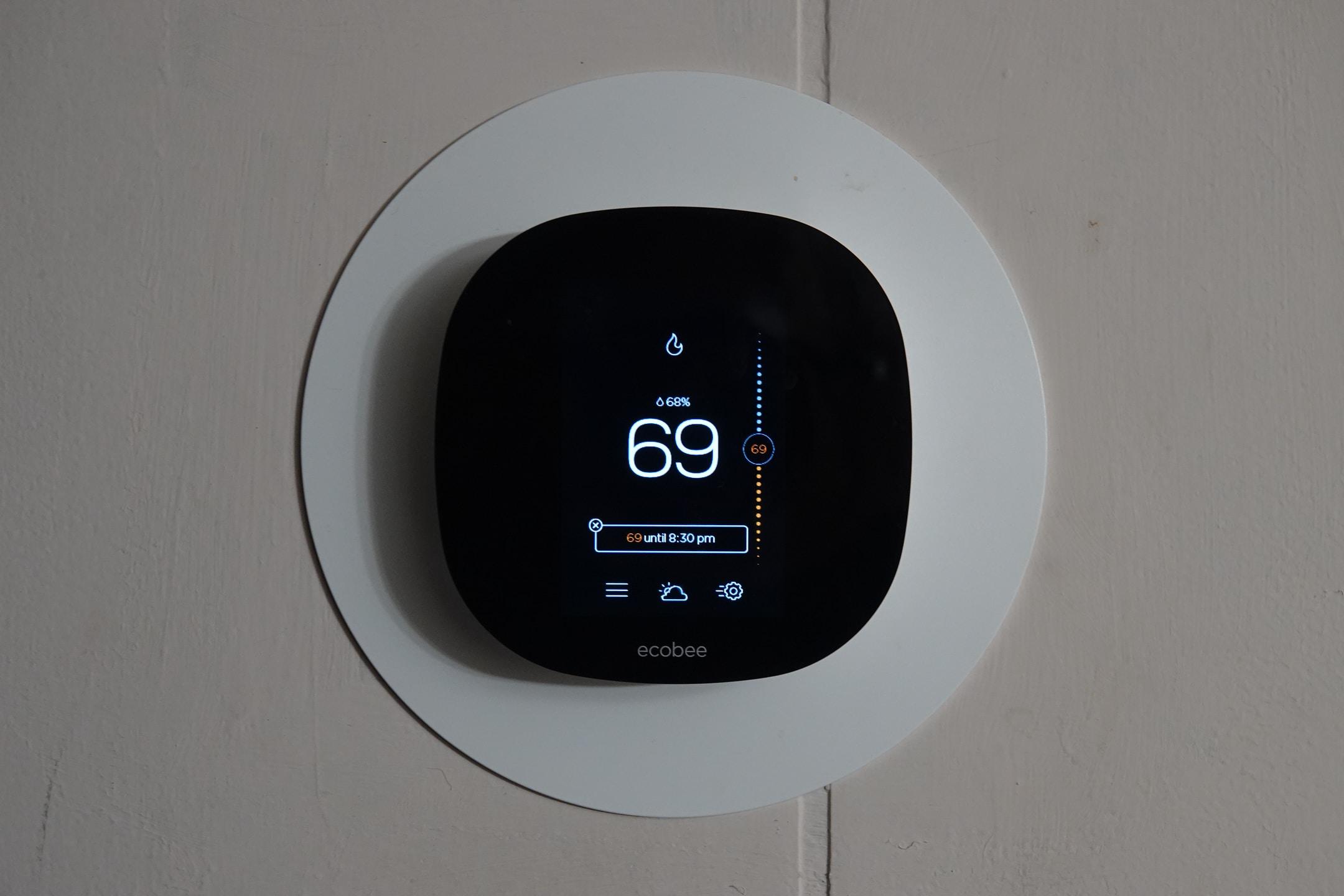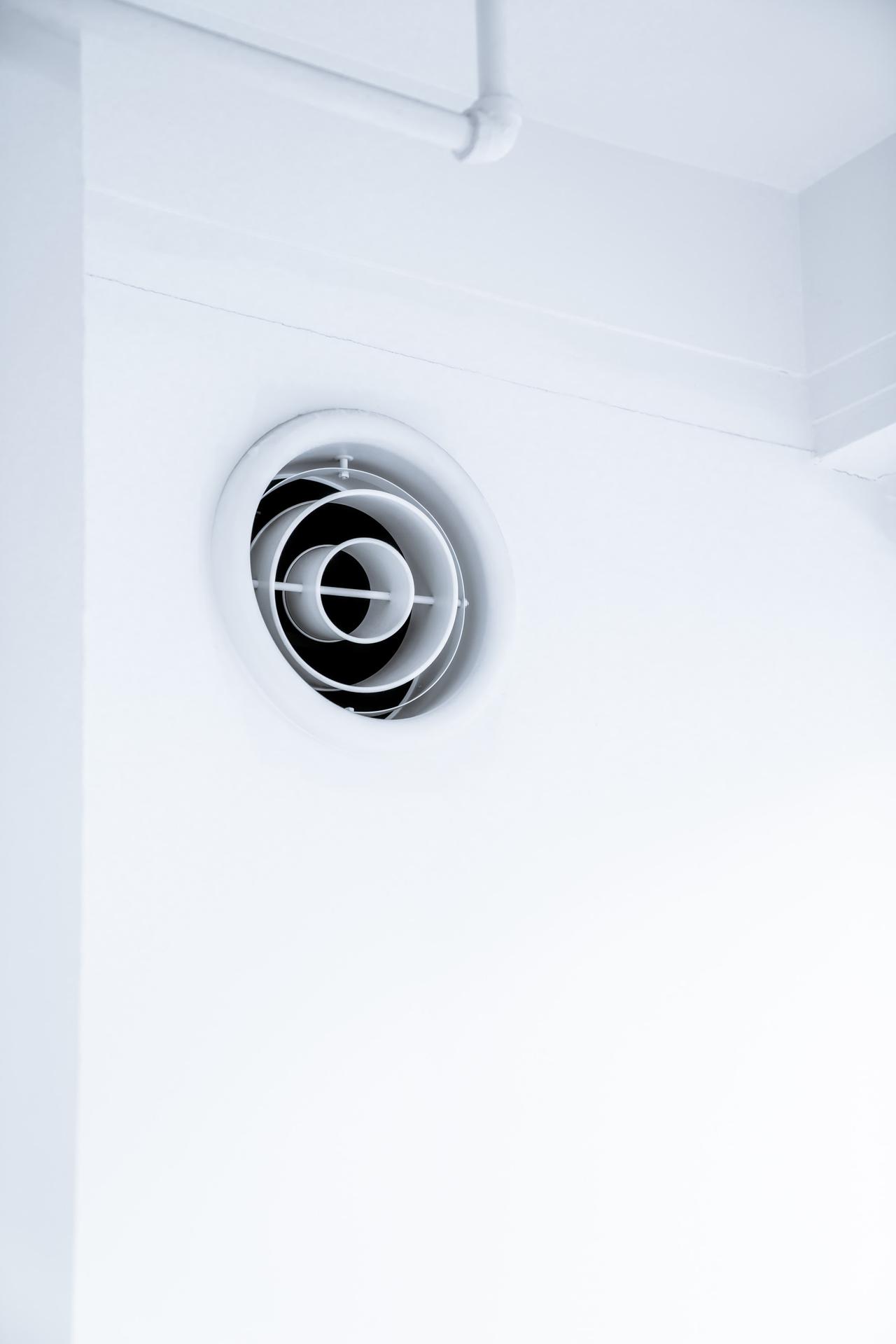
Whether you’re implementing an HVAC system into a residential or commercial building, you need to be sure it’s going to be able to respond to changes in temperature in ways that’ll keep you and your guests comfortable. The right response obviously changes over time; during the summer, it needs to be able to cool the air without making the space too cold, and during the winter, the system needs to keep your building warm and comfortable without becoming overbearing.
These necessary temperature changes can sometimes be tough to keep up with, however. It’s becoming a more frequent occurrence for out-of-season temperatures to strike for days or weeks at a time across all states. On top of that, even trying to keep up with weather changes within the expected range can mean high operating costs if you’re trying to do it manually. But HVAC automation controls can help.
What are HVAC automation controls? They’re a built-in means for your HVAC system to operate relatively self-sufficiently and keep up with changes in the weather automatically without the need for manual adjustment. They make keeping your interior space comfortable a much more convenient task by taking that task off of your hands. In this blog post, we’ll explain this type of functionality in further detail and some of the benefits you can expect from implementing it.
HVAC automation controls affect the ways in which your system responds to changes in temperature based on a variety of sensory inputs. Some of these inputs are clear and expected ones, like air humidity, flow, and pressure signals, but others may include how occupied a space is and whether or not a fire alarm has been activated. The system then responds based on programmed parameters and automatic calculations.
These automation controls operate through an interconnected functionality between various different elements of your HVAC system. The sensory data produced by certain devices is used to determine the appropriate output from air handlers, dampeners, boilers, and other equipment used to control your building’s internal temperature. Control systems may also allow you to program your desired responses to changes in temperature.
One big benefit is immediately clear when it comes to automated controls for your HVAC system: you won’t have to put any additional operating costs toward the time and staffing needs required to monitor and manage your system’s responses to temperature changes manually. This also offers you a greater assurance that these responses will be quicker and more accurate based on the conditions of the building’s interior space.
Additionally, an automated control system is helpful when it comes to keeping up with potential issues in your HVAC system like burst pipes, equipment disruptions, and other problems. Faster responses to emergency situations like fires also help keep you, guests, staff, family members, or any other people present in your building safe. Ultimately, automating your HVAC controls is less expensive and more effective than manual alternatives.

Interested in experiencing the benefits of HVAC control automation for yourself? The skilled team at Caldwell Mechanical Services can help. We provide residential and commercial buildings with Ardmore, OK HVAC systems that last and respond to temperature changes exactly as needed. Whether you’re looking for a more comfortable home for the family or a more productive workplace for your staff, our automated systems can help.
Don’t waste time trying to keep up with the weather; let your HVAC system handle it for you automatically. Ready to book a consultation and get a quote? Reach out now to get started!